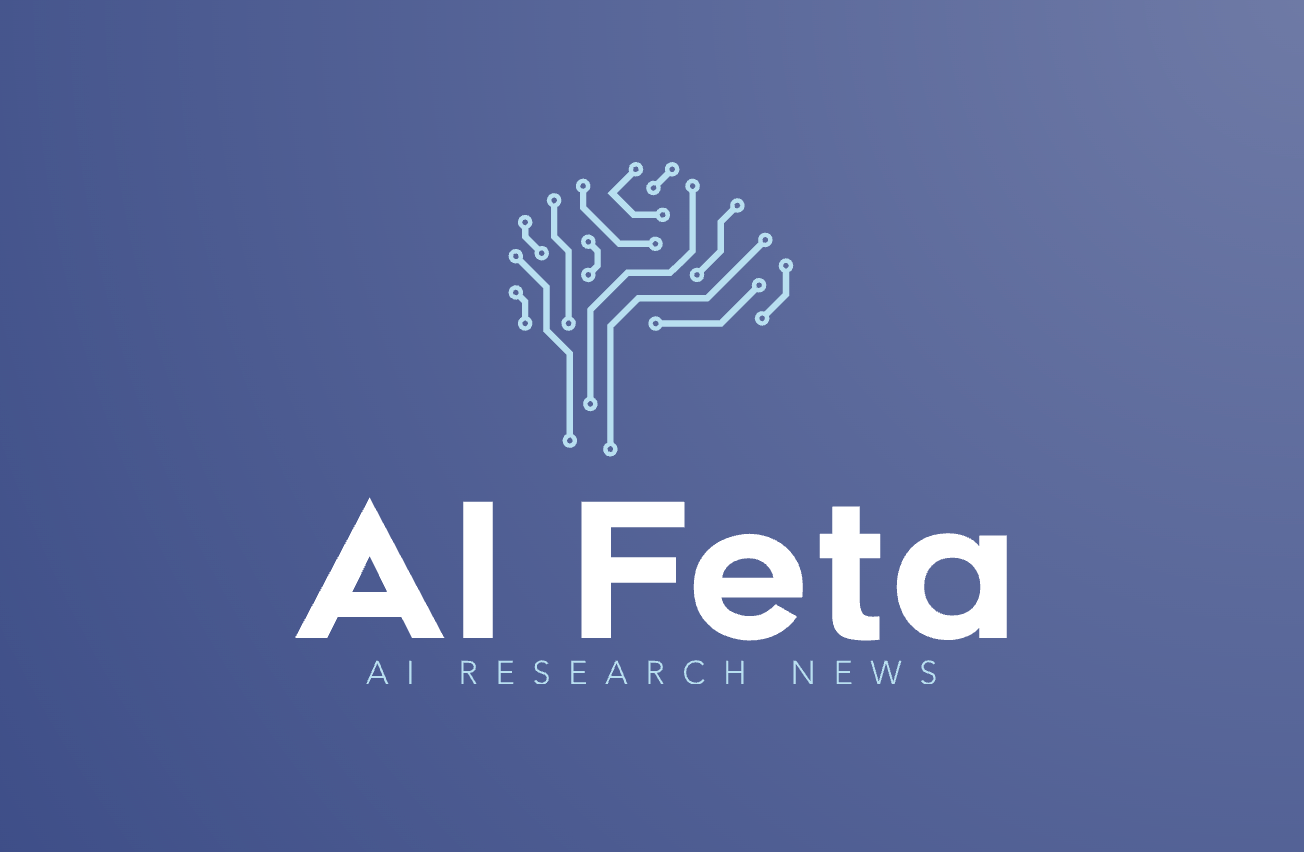REMA: A Unified Reasoning Manifold Framework for Interpreting Large Language Model
Diagnosing LLM reasoning failures as geometric deviations from a low-dimensional manifold.
Why do large language models succeed—or fail—on complex reasoning? REMA reframes the question geometrically. It posits a Reasoning Manifold: a low-dimensional structure formed by internal representations associated with correct reasoning trajectories. Errors, then, are measurable deviations from this manifold.
REMA operationalizes this idea in two steps. First, it approximates the manifold using representations from correct samples and computes a unified failure signal: the k-nearest neighbors distance from erroneous representations to the manifold. Second, it localizes divergence points by tracking this deviation layer-by-layer and contrasting it with the natural internal variability of correct examples, pinpointing where a chain of thought begins to derail.
Across diverse models and tasks—language and multimodal—REMA finds strong separability between correct and incorrect reasoning states and consistent low-dimensional structure in successful trajectories. Practically, this makes it a powerful tool for diagnosis, curriculum design, and targeted interventions (e.g., layer-wise constraints, selective self-consistency, or process supervision precisely where deviations emerge).
What’s new: a unified, quantitative interpretability lens for reasoning, bridging abstract failure narratives with concrete geometric signatures. Why it matters: model developers can move beyond outcome-only metrics, instrument training and inference with deviation-based monitoring, and study generalization and brittleness through manifold topology.
Expect REMA to inform better evaluation suites, model debugging pipelines, and potentially new training objectives that explicitly regularize toward stable reasoning subspaces.
Paper: http://arxiv.org/abs/2509.22518v1
Register: https://www.AiFeta.com
#AI #LLM #Interpretability #Reasoning #RepresentationLearning #Manifold
